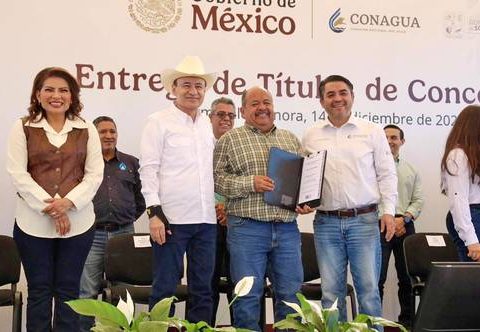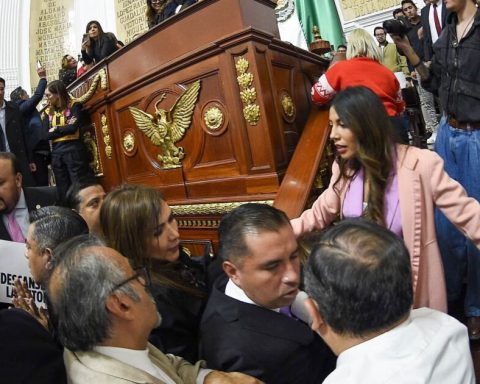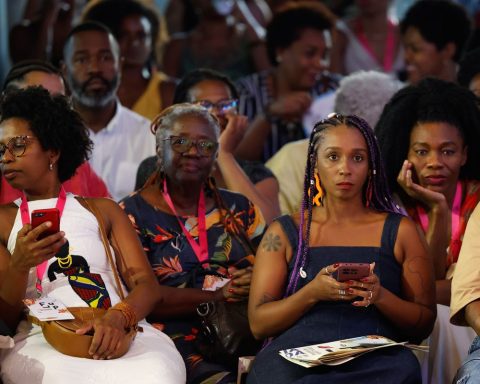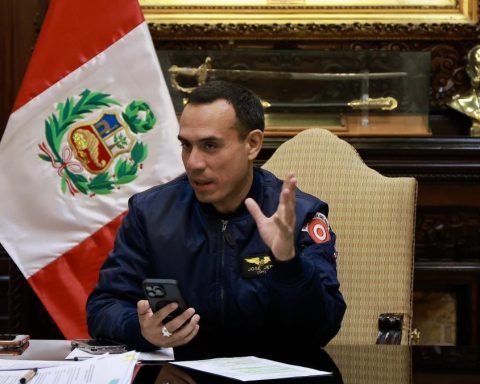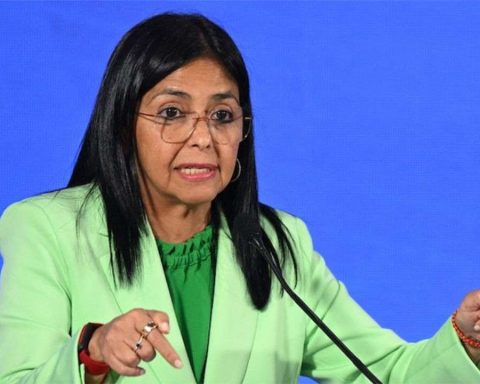AND
l october 16, elements of the state police of Tlaxcala mounted operations of aggression against the students of the rural normal Benito Juárez de Panotla. They began by surrounding the school and flying over it with a helicopter, actions that the students interpreted as an attempt to terrorize them. As if to prove them right, two comrades who were filming the police actions were arrested, transferred and later abandoned on the outskirts of the city of Tlaxcala.
The students, who had been demanding a response to their petition for approximately a month, were not intimidated. Determined to continue resisting, they reinforced their ranks with students from the rural normal sister of Ayotzinapa, whose students came to sympathize with them. A few days later, when the Panotla normalistas were leading their companions back to Ayotzinapa, they were followed and then attacked with tear gas by state police. Three students from Ayotzinapa were arrested and a student from Panotla was injured during the clashes. This student, Beatriz Rojas, would die shortly after.
The Panotla students are not the only rural normalistas in rebellion. For a month, the students of the Carmen Serdán rural school in Teteles, Puebla, have been sitting in the Plaza Santo Domingo in the Historic Center of Mexico City. They went there waiting for a resolution meeting with the educational authorities; waiting for the President who says that the poor come first to act to defend the schools that give professional training to the poor; waiting for the President who says he is not a repressor to put a stop to the onslaught that the rural normal schools continue to experience.
The Teteles normalistas have denounced measures that, they fear, represent the privatization of their school. These include that registration fees begin to be charged and that the school be subjected to a certification process that would alter its structure as a rural normal. Like the students from Panotla, those from Teteles have also risked their lives in the fight. In May of last year, two of her companions, Mónica Paola and Iris Yaretzy, died in a demonstration on the Amozoc-Perote highway.
The fights of Panotla and Teteles now intertwine. Both movements ask for the dismissal of management personnel and transparency in the management of funds. In both schools, the students report that their food ration has been cancelled; in Teteles the gas was also cut off to the campus. Both have their observations and professional practices suspended, so they run the risk of losing the semester.
If rural normal schools have represented an invaluable opportunity for male students, they are doubly crucial for female students. In addition to giving them access to a professional career and the independence that a job as a teacher gives them, life itself within the rural normal schools gives them the opportunity to find and exercise their voice. And it is a voice, they soon learn, that has strength when exercised collectively.
While rural normal schools began as co-educational, this modality was eliminated at the beginning of the 1940s, at the same time that socialist education was repealed. It is no coincidence that they happened simultaneously. Within the SEP it was the communists who most advocated equal terms for women. However, even separated by gender, rural normalistas continued to fight together within the Federation of Socialist Peasant Students of Mexico (FECSM).
Since its foundation in 1935, the FECSM has defended the rural normal schools and it is thanks to its incessant mobilizations that the rural normal schools continue to exist. In the schools, their student committees are dedicated to raising awareness in each generation, to remembering, to undertaking resistance tactics, to giving a voice to those from below. Like other social movements, historically the most visible leaders have been male, but the ant’s work has been female and this work is not only what sustains the mobilizations, but also what leads to a process of empowerment that is difficult to reverse. Put together an agenda for your meetings, give your opinion before your colleagues, make a round of booths, make statements at rallies, move from ride to other schools, and camping in the zócalo so that their demands are heard, infuses the rural normalistas with moral courage and practical experience.
In this awareness process, the government also helps. By denying them what is their right; by betting on wear; by showing them that only in rebellious action are they listened to, and by displaying their brute force against them, they live in their own flesh what they have learned in their study circles: that their schools have always been besieged, that if they do not defend them they will disappear, that the welfare and collective model collides with neoliberalism.
Since they set out to be teachers, rural normalistas begin a path of triple struggle: fight for access to a professional career; fight to defend the institutions that offer them this career, and fight so that, as students, educators and citizens, they have the same voice as men. In the face of triple oppression, the path of struggle teaches them to be triple revolutionary.
*Professor-researcher at the Massachusetts Institute of Technology. Author of the book Unintended Lessons of Revolution, a history of rural normals.




